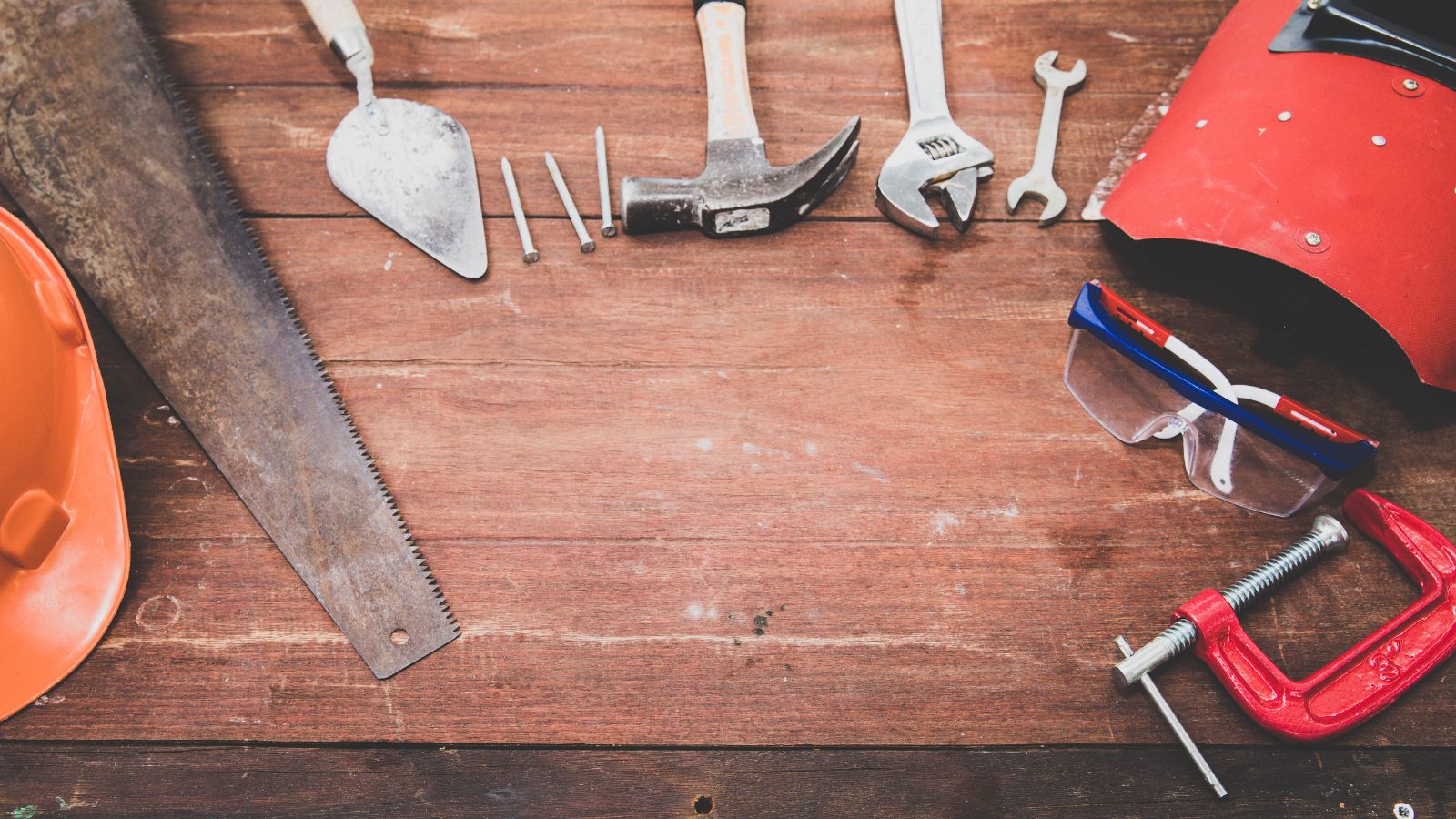Navigating the labyrinth of tax deductions isn’t always a walk in the park. But, if you’re a property owner, you might want to sit up and pay attention. There’s a goldmine of potential savings hidden within the realm of repairs and maintenance tax deductions.
From landlords to business owners, understanding the nuances of these tax deductions can make a significant difference to your bottom line. Whether it’s a leaky roof or a complete HVAC system overhaul, it’s time to turn those necessary expenses into valuable deductions.
Repairs and Maintenance tax Deductions
Understanding repairs and maintenance tax deductions offers vital financial benefits. This knowledge potentially allows property owners, including landlords and business owners, to achieve substantial savings. A clear grasp of what qualifies for these deductions, how to claim them, and the pitfalls to be wary of, can streamline the efficiency of asset management.
The Basics of Tax Deductions for Repairs
Unravelling the complexity of tax deductions associated with repairs and maintenance necessitates recognizing the Internal Revenue Service (IRS) parameters. According to IRS Publication 535, costs incurred for routine upkeep, repair, and general maintenance of property are generally deductible business expenses. Examples of such deductible expenses include painting, fixing leaks, or replacing broken windows. These expenses ensure the property retains good operating condition, rather than improving or significantly altering the property’s value or function.
When Repairs Qualify as Deductible Expenses
Not all repair costs get the green light for tax deductions. The IRS draws a firm line between improvements and repairs. Improvements add to a property’s value, prolong its life, or adapt it to a new use – these do not count as tax-deductible repairs. A deductible repair constitutes work that keeps property in an ordinarily efficient operating condition. Astute repair costs that meet these criteria include gutter cleaning, repairing a broken step, or exterminating pests. By familiarising with the IRS guidelines, individuals can optimise the use of such deductions to their advantage.
 Differentiating Repairs from Improvements
Differentiating Repairs from Improvements
Insight into the categorization of expenses as either repairs or improvements aids in comprehending what counts as a tax deduction. While IRS guidelines offer general directives, recognizing the distinction relies on a nuanced understanding of their definitions.
What Constitutes a Repair?
A repair pertains to any action undertaken to maintain an asset’s normal working condition. Unlike improvements, repairs do not necessarily enhance the property’s value or prolong its life. This could be a simple fix like changing light bulbs, unclogging drains, painting walls, or fixing a broken step. The cost of these repairs is usually minor compared to the cost of the entire property.
These actions stand as essential to keep the property operational, favourably affect its day-to-day usage, and prevent its degradation. Therefore, the IRS considers these expenses immediately tax-deductible if they follow the principles outlined in the guides.
 Eligible Properties for Deductions
Eligible Properties for Deductions
Income-generating properties stand with potential for deducting repair and maintenance costs. However, property types differ, calling for variation in deduction eligibility. Two common types take centre stage, residential properties and commercial properties.
Residential Property Deductions
Residential property owners, such as landlords, glean some benefits from tax deductions. Routine repairs and maintenance on rental properties remain covered. Certain instances exist though, including the immediate deductibility of minor repairs like fixing leaking pipes, mending torn screens, or replacing broken windows. These keep the property in “ordinary” operational shape without increasing its value—thus fitting into the IRS’s deductible category.
However, if the property remains under use for personal reasons, for more than 14 days or more than 10% of the total rental days (whichever is greater), the IRS designates it as a personal residence. Hence, maintenance and repair expenses aren’t deductible. Be sure the property is rented out for more than 15 days, and personal use stays under the described limit, upholding its categorization as a rental property—opening the door to deductibility.